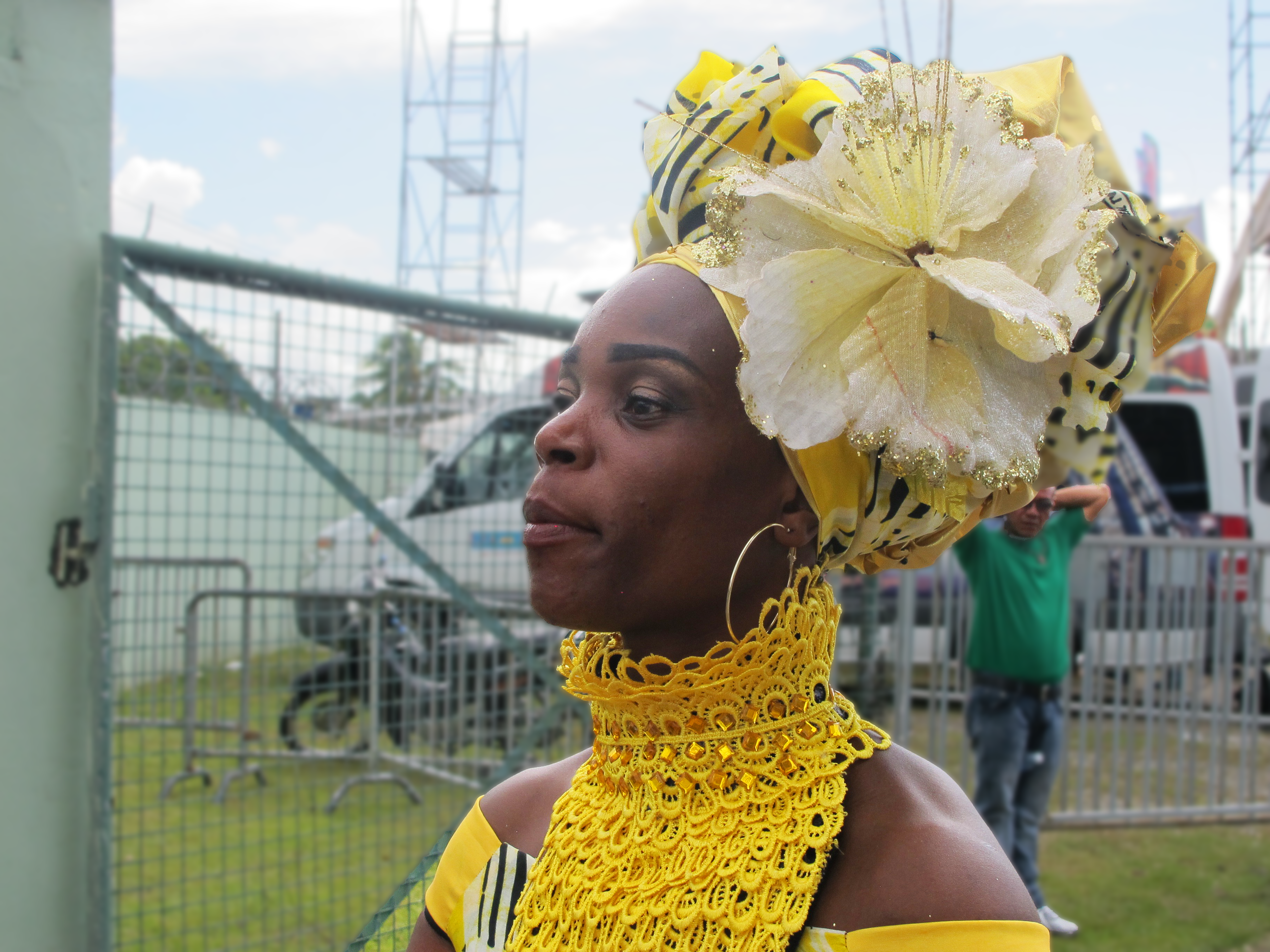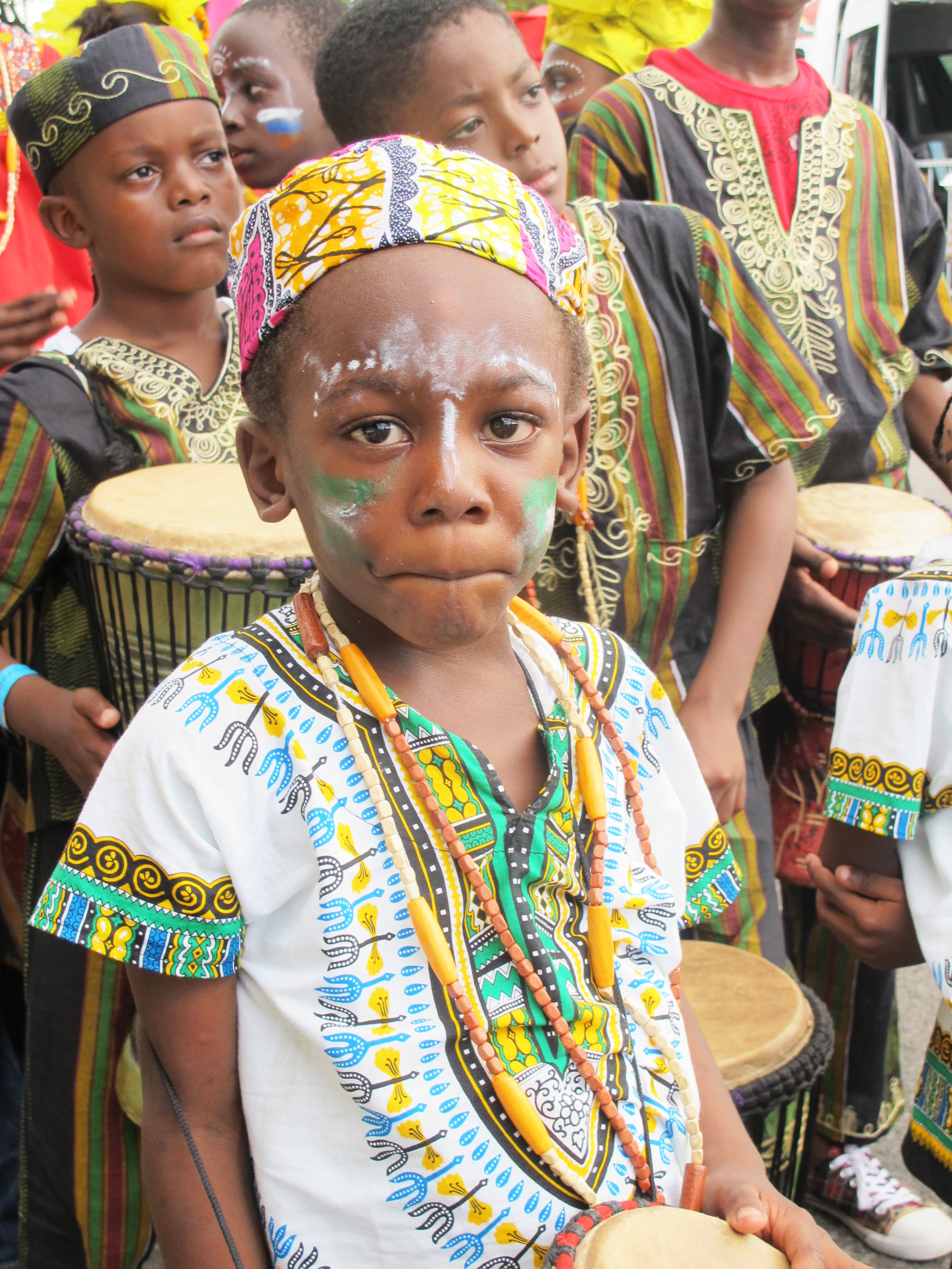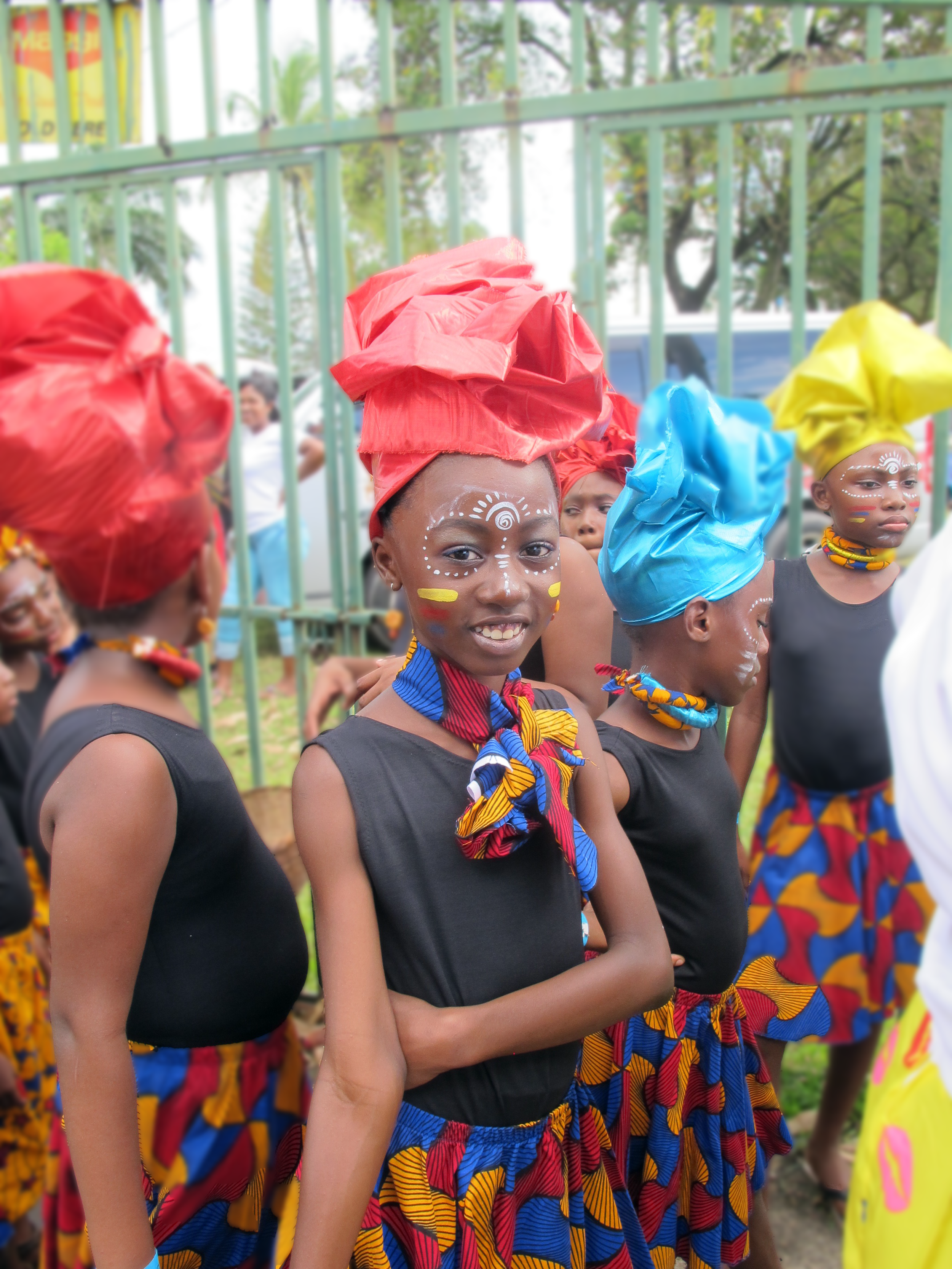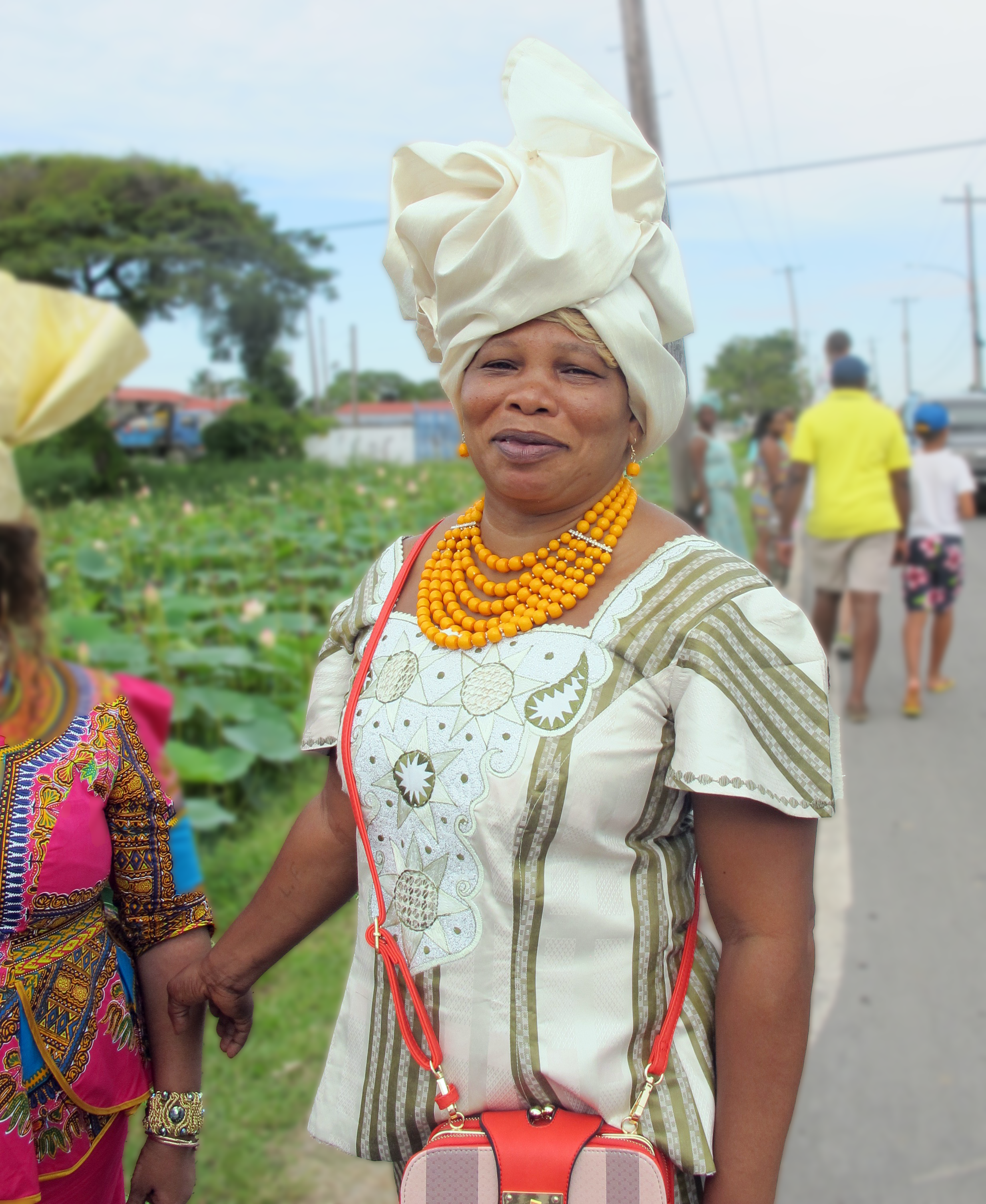Emancipation Day is celebrated on the 1st August across the Caribbean and the Americas. It’s a commemoration of the liberation of African people, a day of remembrance, and an opportunity to reflect on the courageous efforts and sacrifices of enslaved men and women in the fight for their freedom.
In 2017 I was privileged to spend Emancipation Day with my family in Georgetown, Guyana. It’s a really family orientated day, particularly compared to the pageantry of other celebrations like carnival. Whole families come together, often in incredible matching wax fabric outfits inspired by their African heritage. It’s a joyous day to celebrate African culture, with drumming, singing, dancing and of course, amazing food! But there are also more solemn commemorative events too, vigils are held and rituals are performed to remember ancestors.
I thought I’d write a blog post about this day because Emancipation Day is not very well known by a lot of people in the UK.
The Dutch occupied Guyana in the late 16th century. Much of the territory - which was split into the colonies of Essequibo, Berbice, and later Demerara - was controlled by the Dutch West Indian Company. From the 17th century almost half a million enslaved people were forcibly transported to Guyana and Suriname from the west coast of Africa (although this figure does not include people who tragically died in the middle passage).
In 1763, roughly 350 Europeans were forcing around 4,000 enslaved people to work on plantations in Berbice. The conditions were particularly ‘barbaric, even by the cruel standards of the time’. In Berbice, a co-ordinated uprising broke out, led by Cuffy (Sometimes spelt Coffie or Coffij from the name Kofi), as enslaved people began to revolt against their captors. The rebellion spread quickly, and European slave owners were killed or fled. After months of fighting, the territory was eventually recaptured. Although unsuccessful, Coffy is regarded as a national hero with a national monument in Georgetown, and the Berbice Slave Uprising marks the beginning of Guyanese anti-colonial and anti-slavery struggles.
Monument to Kofi in the Square of the Revolution in Georgetown. © Nicola Green.
Guyana was occupied by Britain in the early 19th century, In 1823, another rebellion was brutally crushed by British forces in Demerara-Essequibo. The principal organiser of the uprising, Jack Gladstone, was owned by John Gladstone, father of the British Prime Minister William Gladstone. When slavery was abolished, John Gladstone was the single largest recipient of financial compensation, receiving over £100,000 for over 2000 enslaved people in Guyana and Jamaica.
Guyana officially became part of the British Empire in 1831 and the Slavery Abolition Act was passed on the 28th August 1833. Emancipation Day is celebrated on August 1st to commemorate the emancipation of all enslaved people across the British Empire in 1834 (except for territory controlled by the East India Company). Sadly, most enslaved people continued to be forced to work forty hours a week without pay as "apprentices". It wasn’t until August 1st 1838 that the enslaved people were fully freed. In 1839, the Village Movement began, in which former slaves pooled their money to purchase plantations across Guyana. Following this mass migration, the labour shortage was replaced by indentured workers, mostly from India and China, who were also forced to endure brutal conditions comparable to slavery for decades. Guyana gained independence from the British Empire in 1966.
The leaders of the Guyanese rebellions have never been pardoned; White British abolitions are commemorated across the country but there is no monument to African leaders or the millions of people who lost their lives; the British government compensated slave owners the equivalent of £17 billion but enslaved people received nothing; The legacy of slavery still lingers across the world and there are still approximately 40 million victims of slavery and human trafficking around the world today.
It is so important that we remember the history of the transatlantic trade in enslaved African people and recognise its place in our shared history. I hope everyone will take a moment today to reflect, but also to consider how much work we still have left to do.













